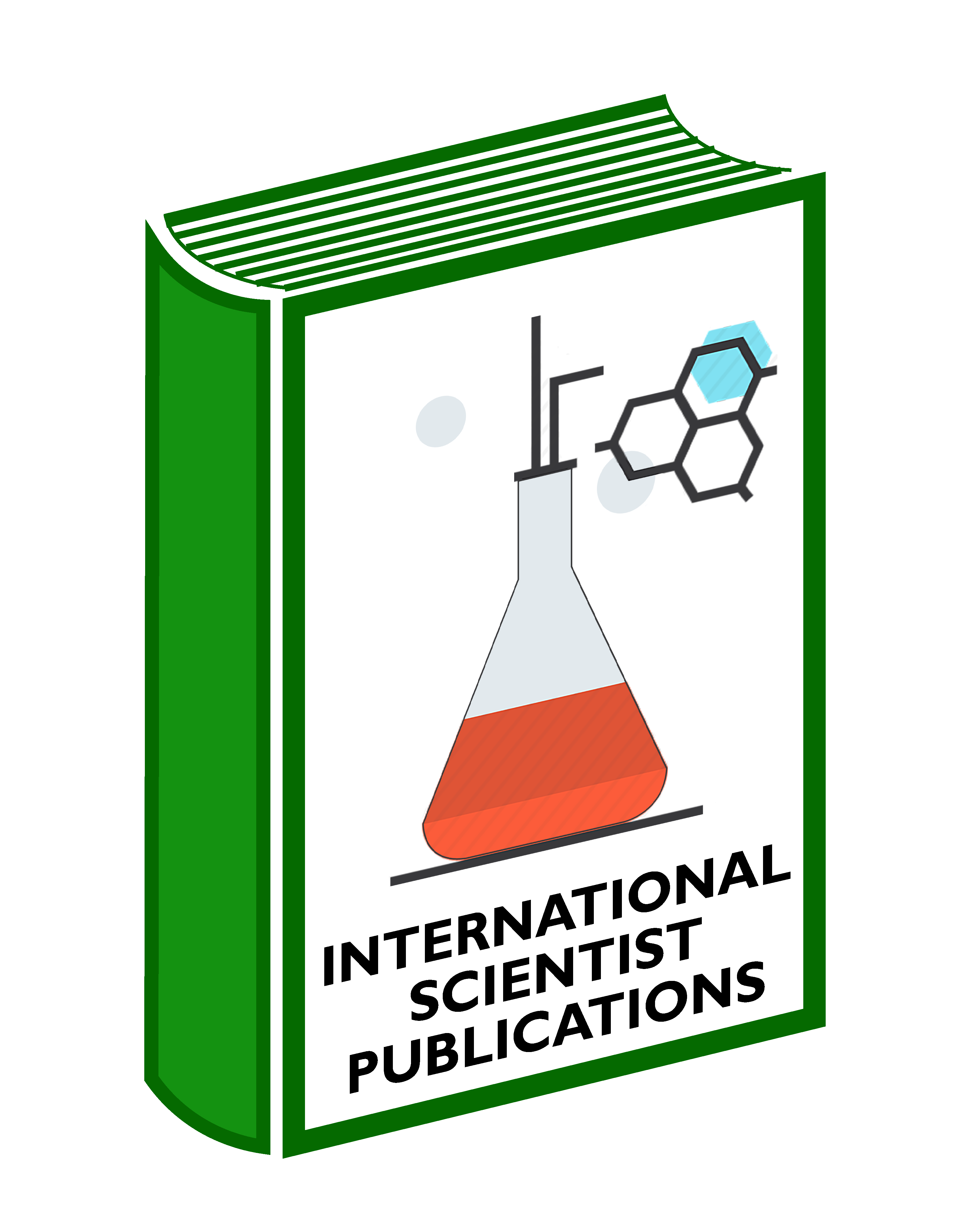Mohamed Abdugadir Hassan1&2, Bikash C Sarker2 and Hassan Nuur Ismaan3
1Zamzam University of Science and Technology, Mogadishu, Somalia, 2Department of Agricultural Chemistry, Hajee Mohammad Danesh Science and Technology University, Dinajpur-5200, 3Somali Agriculture Research and Technology Center (SARTEC), Mogadishu, Somalia.
*Corresponding author: bkash@hstu.ac.bd
Article history: Received: 07.01.2021, Accepted: 28.04.2021, Published: Online: 30.04.2021
To cite this article: Hassan, MA, Sarker BC and Ismaan HN. 2021. Water quality analysis and suitability assessment for irrigated agriculture in Dinajpur sadar, Dinajpur district of Bangladesh. Int. J. Agric. Med. Plants. 2(2): 33-41.
ABSTRACT
Water quality bears an utmost importance in irrigated agriculture, domestic uses, industrial and some other purposes for productivity, quality, public health and environmental issues. A laboratory experiment was performed to determine the chemical constituents of groundwater for crop production in Dinajpur sadar upazila under Dinajpur district of Bangladesh. Thirty groundwater samples were collected from different areas of sadar upazila for the evaluation of chemical constituents. Groundwater samples collected from selected areas were classified by examining chemical constituents present therein. Several parameters like pH, EC, TDS, Ca, Mg, Na, K, SO4, PO4, HCO3, Fe, Cu, Zn, Mn, and calculated parameters like SAR, SSP and HT, respectively, were considered for the suitability assessment. The pH value of all the water samples fluctuated from 6.16 to 7.51 indicating slightly acidic to slightly alkaline and found suitable for irrigation. EC and TDS values of water samples were found suitable. In the study areas, the water contained an appreciable amount of Ca, Mg, Na and K. The concentrations of SO4 and PO4, Fe, Cu, Zn and Mn, were found within safe limit for irrigating crops. On the basis of EC and SAR, all the waters were found excellent for irrigated agriculture. SSP values of all samples were rated as excellent, five samples were good, 15 samples were permissible and 10 samples were doubtful classes for crop prediction. On the basis of HT, three samples were moderately hard, 16 samples were hard and the rest 11 samples were very hard categories. Finally, water samples were suitable for crop production. It is advised that water should be analyzed systematically for understanding the impact of dissolved ions in water on the quality crops for prolonged uses.
Keywords: Irrigated agriculture, ionic concentration, water quality.
REFERENCES
Ajayi F, Nduru M and Oningue A. 1990. Halting the salt that kills crops. African Farmer. 4:10-12.
Ayres RS and Westcot DW. 1985. Water quality for agriculture. FAO Irrigation and Drainage Paper No. 29. Food and Agriculture Organization of the United Nations, Rome. pp. 1-117.
Bai Y. 1988. Pollution of irrigation water and its effects. Beijing, China. Beijing Agriculture University Press.
Chang Y, Hans MS and Haakon V. 2001.The environmental cost of water pollution in Chongqing. China. Environment and Development Economics. 6: 313-333.
Datta KK and Dayal B. 2000. Irrigation with poor quality water: An empirical study of input use, economic loss and cropping strategies. Indian Journal of Agricultural Economics. 55(1): 26-37.
Freeze AR and Cherry JA. 1979. Groundwater. Prentice Hall, Inc. Englewood Cliffs, New Jersey 07632. pp. 84-387.
Gorde SP and Jadhav MV. 2013. Assessment of water quality parameters: A review. Journal of Engineering Research and Applications. 3(6): 2029-2035.
Islam MS, Hassan MQ and Shamsad SZKM. 1999. Ground water quality and hydrochemistry of Kushtia District, Bangladesh. Journal of Asiatic Society Bangladesh. 25 (1): 1- 11.
Karanth KR. 1994. Groundwater assessment development and management. TaTa McGraw Hill Publishing Company Limited. New Delhi, pp. 217-273.
Lindhjem H, Hu T, Ma Z and Zhang S. 2008. Environmental economic impact assessment in China: Problems and prospects. Environmental Impact Assessment Review. 27(1): 1-25. DOI:10.1016/j.eiar.2006.08.004
Michael AM. 1978. Irrigation: Theory and Practice. Vikas Pub. House Pvt. Ltd. pp. 448-452.
Mishra RK and Dubey SC. 2015.Fresh water availability and its global challenge. International Journal of Engineering Science Invention Research and Development. 2(6): 351-407.
Mohsin M, Safdar S, Asghar F and Farrukh Jamal F. 2013. Assessment of drinking water quality and its impact on residents health in Bahawalpur City. International Journal of Humanities and Social Science. 3(15): 114-128.
Quayum A. 1995. Impact of groundwater on the Grey Terrace soils of Gazipur. M.S. Thesis, Department of Agricultural Chemistry. Bangladesh Agricultural University, Mymensingh.
Razzaque MA. 1995. Assessment of ionic toxicity in water sources and their long-term effect of soil properties. M.S. Thesis, Department of Agricultural Chemistry. Bangladesh Agricultural University, Mymensingh.
Richards LA. (Ed). 1968. Diagnosis and Improvement of Saline and Alkali Soils. Agricultural Hand Book 60, USDA and IBM. Publishing Co. Ltd. New Delhi, India. pp. 98-99.
Sarker BC, Hara M and Zaman MW. 2000. Suitability assessment of natural water in relation to irrigation and soil properties. Soil Science and Plant Nutrition. 46(4): 773-786.
Talukder MSU, Shirazi SM and Paul UK. 1998. Suitability of groundwater for irrigation at Kirimganj Upazila Kishoreganj. Progressive Agriculture. 9: 107-112.

